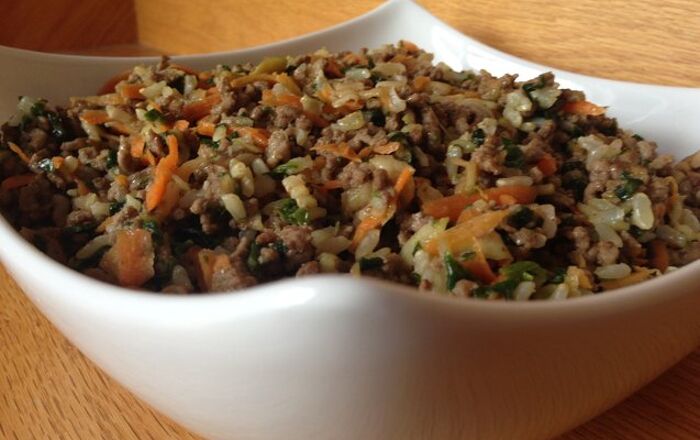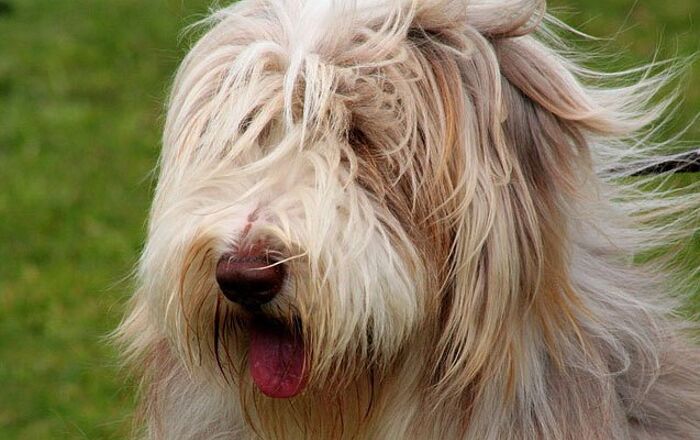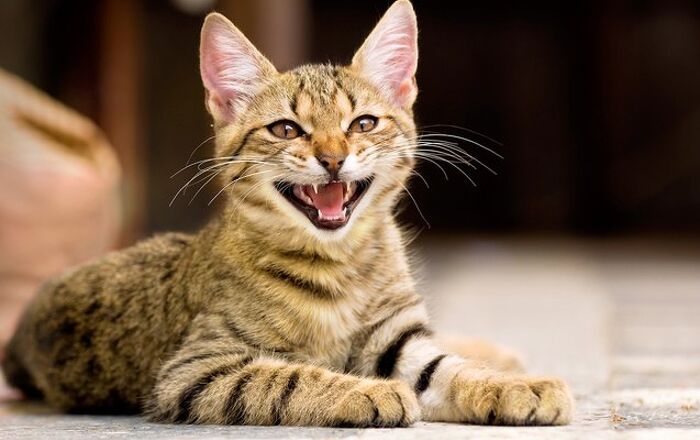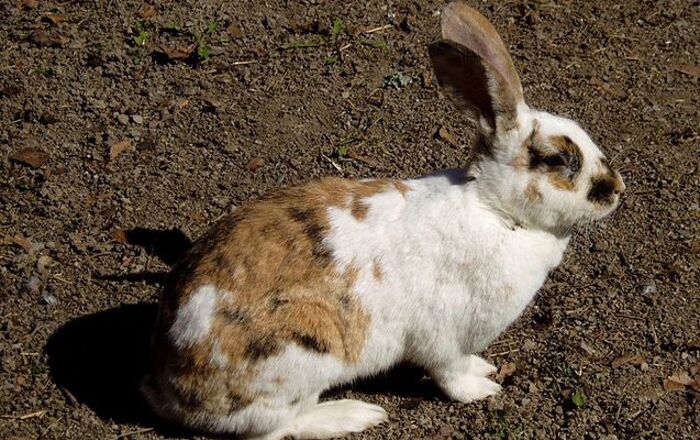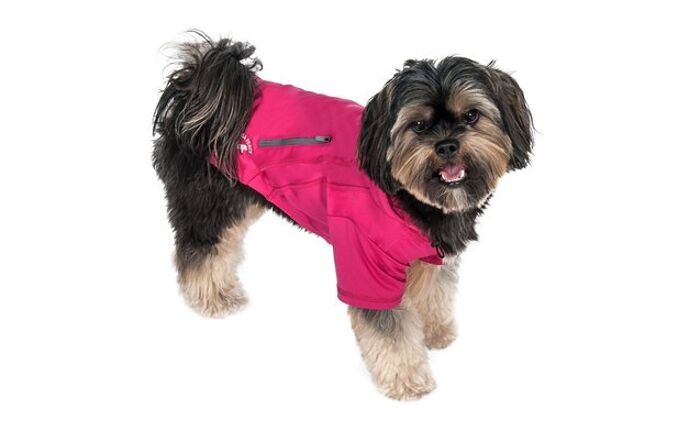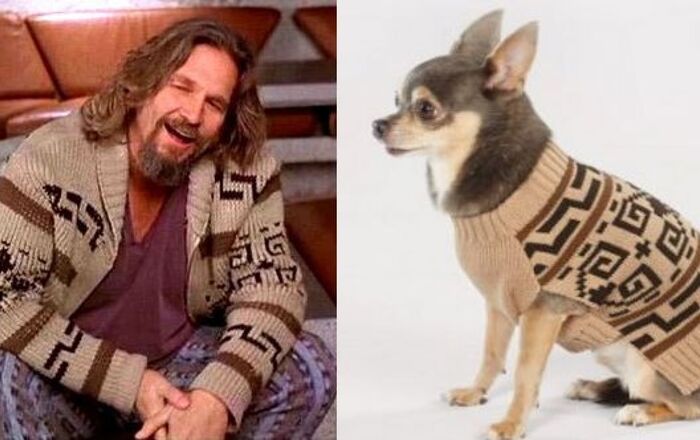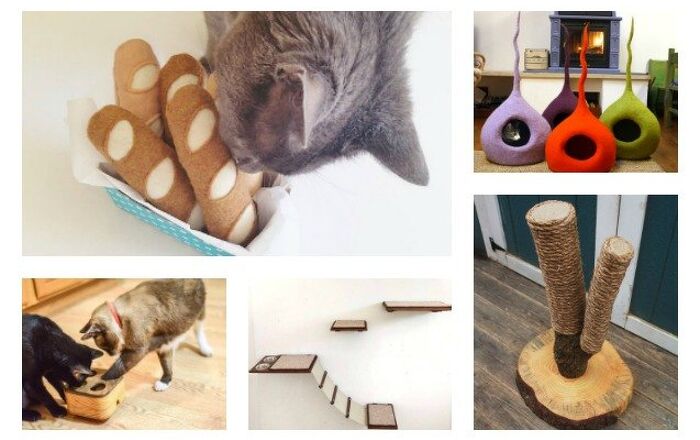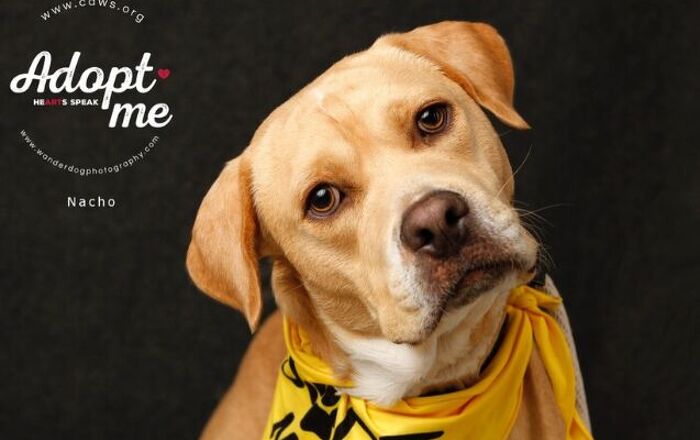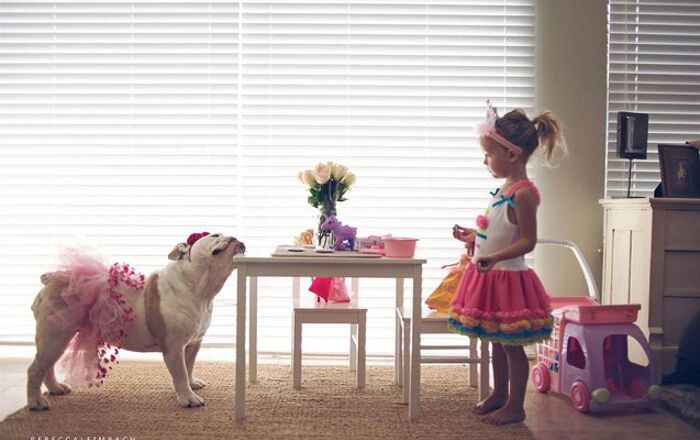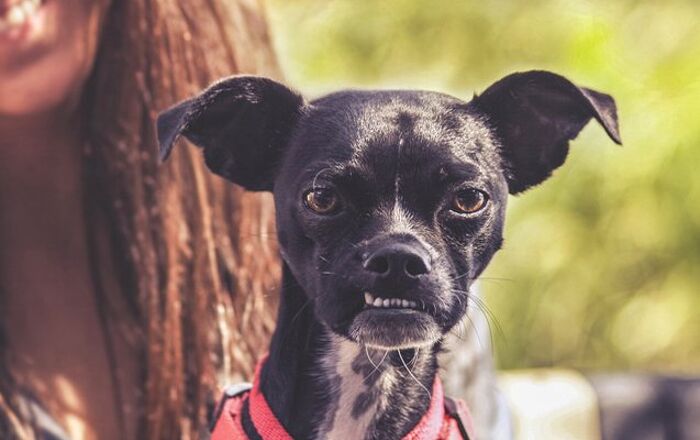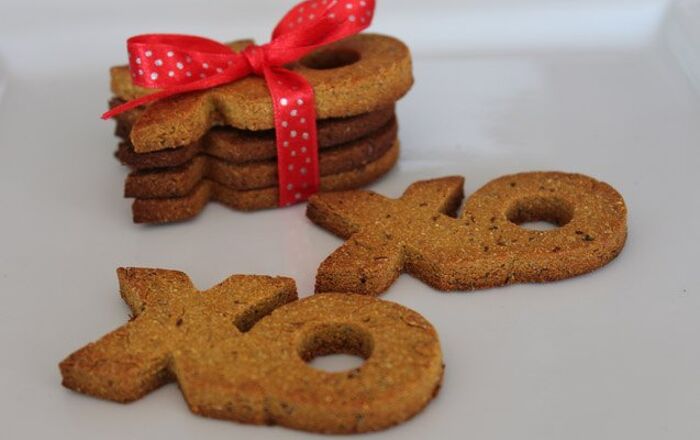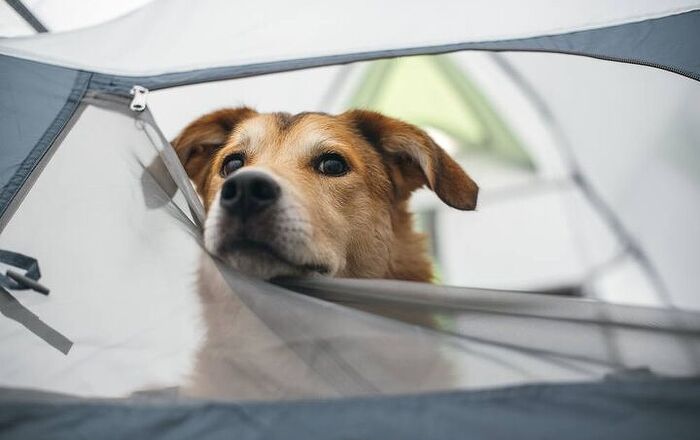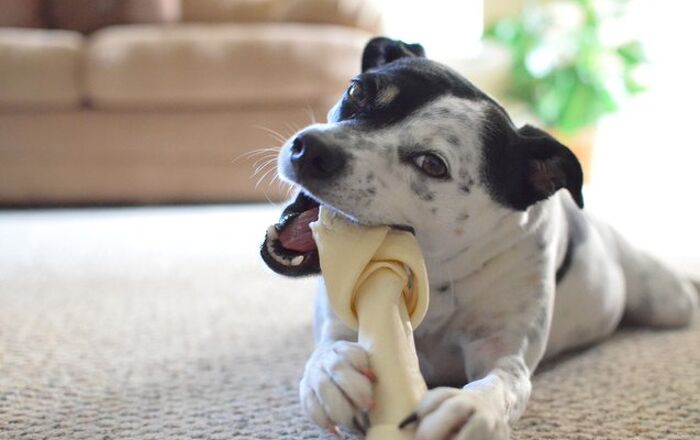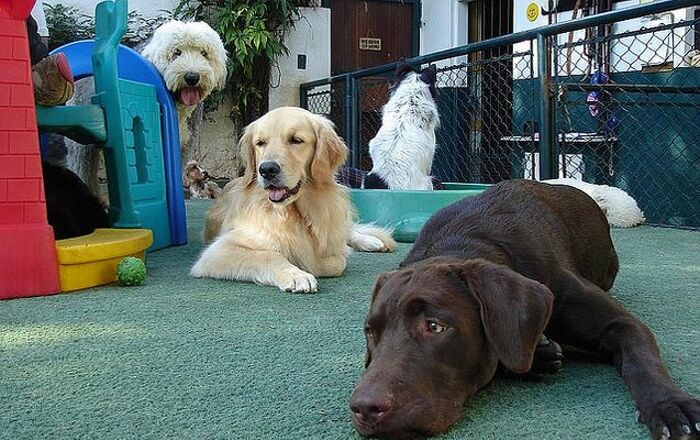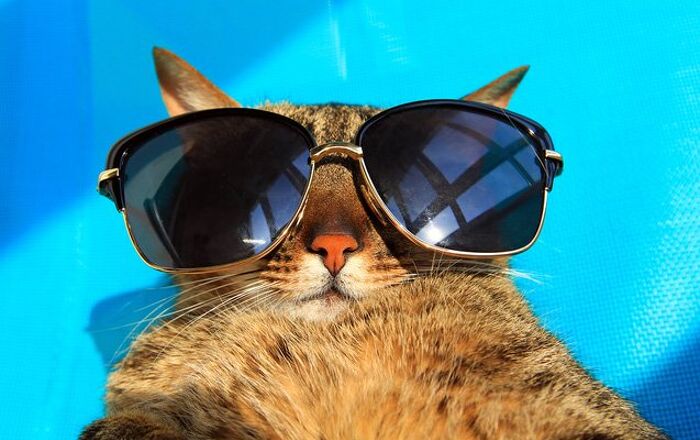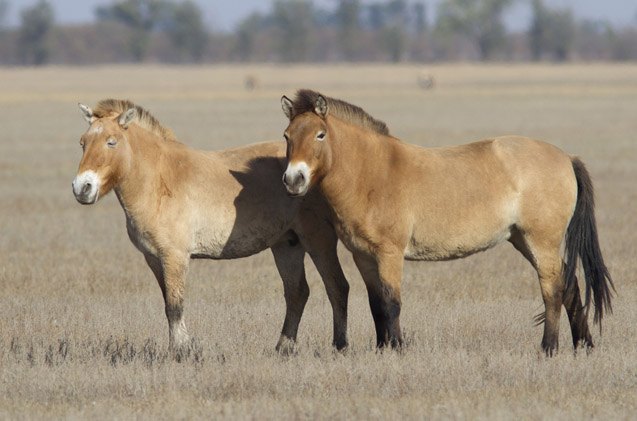
Mongolian Horse Breed History
The native equine breed of Mongolia and one of the indigenous equine breeds from China, the Mongolian horse is considered one of the oldest breeds of horses, with bloodlines that date back to ancient times. According to experts, nomadic Mongolians have been documenting these horses since roughly 2000 BC.
As a result of its long history, this breed has been able to influence the development of other equine breeds throughout both Asia and Europe. For example, several breeds from Japan, such as the Noma Horse, the Hokkaido, the Kiso, the Myako, the Taishu, the Misaki, and the Tokara, may have been influenced by the Mongolian horse. And Mongolian horses are also linked to Scandinavian breeds, as well as horses from Iceland, the British Isles, and Central Europe, with the Icelandic Horse being quite similar to the Mongolian, as an example.
The Mongolian horse dates back to ancient times.
During the 13th century, Mongolian horses were used by Genghis Khan, as they were hardy, energetic, and self-sufficient. They made effective warhorses except for the fact that they were slower than other horses on the battlefield at times. And beyond serving as warhorses, these animals were also used for meat and milk by soldiers.
Despite its popularity, the Mongolian horse hasn’t yet been recognized officially by any of the equine breed organizations. Instead, these horses are maintained mainly by the indigenous and nomadic people in Mongolia. And those horses living in Mongolia today will spend time in the great outdoors throughout the year, so they are used to surviving in temperatures ranging from -40°F to 86°F. They are left to search for food on their own, and they are used for milk and meat, as well as for riding, transport, work, and racing.
Breed Traits
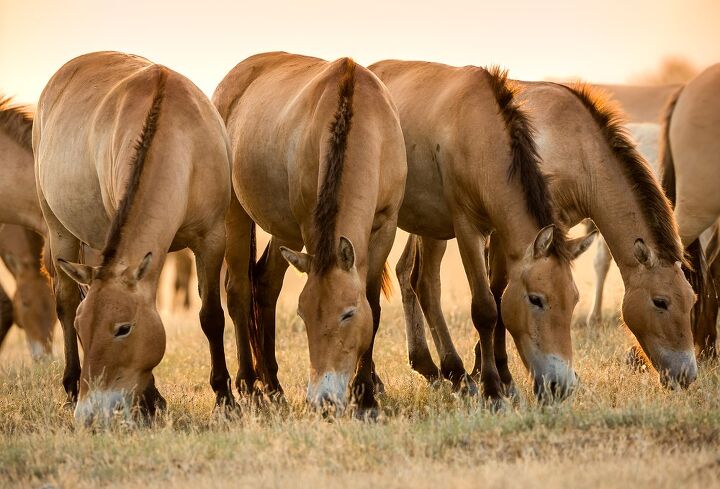
The Mongolian horse is known for having an affectionate and affable personality, particularly after he has become used to his rider. These horses tend to be quite friendly, reliable, loyal, and calm. And because they are versatile and talented, these horses could be used in a variety of ways. However, because they may be a little difficult to work with until they become comfortable with you, it is best if you have some level of experience working with horses before you attempt training one or riding on one.
There are four different types of Mongolian horse.
Overall Description
Overall, the Mongolian horse is an attractive breed with a unique appearance that helps to differentiate it from other breeds. For example, even though the Mongolian horse may be small like a pony, this is not a pony breed at all, and its small size is one of its defining features.
It is also important to note that there are actually four different types of Mongolian horse, based upon the different regions in Mongolia from which they come. The types include the Steppe, Gobi, Mountain, and Forest. While the Steppe is faster and smaller, making it a great horse for riding, the Forest is the heaviest and largest of the four types. The Gobi is a desert horse, as well as the smallest, while the Mountain is the mid-sized type that has a similar body structure to the Altai Horse.
When looking at a Mongolian horse, you may notice that these animals have large heads, short necks, and wide bodies. Their strong legs feature good joints but are short, and the hooves should be sound and hard. Overall, this stocky physique makes them energetic, strong, and athletic. And even though they are petite horses, the Mongolian has a high amount of stamina.
Even though the Mongolian horse is small, it is not a pony breed.
Colors
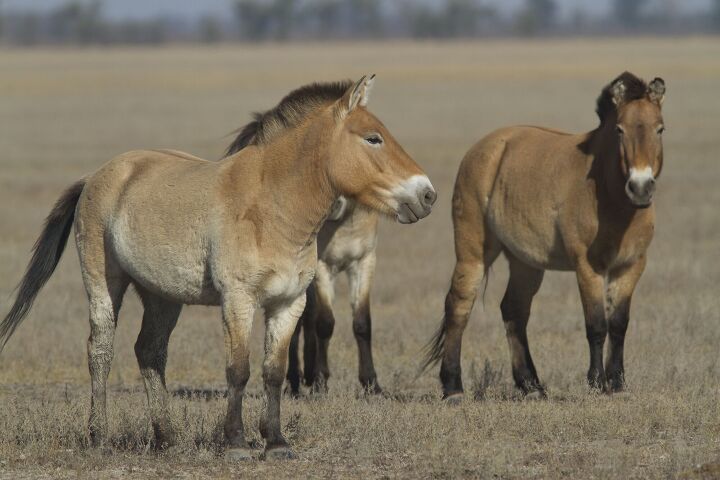
You can find the Mongolian horse in a wide range of colors, as people throughout the various regions in Mongolia tend to prefer certain colors over others, and they will breed their horses accordingly. All colors, such as roan, brown, white, gray, shun, bay, dun, black, and palomino, can be seen.
Grooming Requirements
Even though the Mongolian horse is known for being self-sufficient and these horses are left outside to fend for themselves even in rough conditions, if you are the proud owner of one of these horses, regular grooming sessions will help to ensure the animal’s health and happiness. Plus, grooming is a great way to bond with your horse and develop a stronger level of trust, which is important.
Whenever your horse gets too dirty for a basic grooming session, you could opt to use a gentle equine shampoo to give him a bath. Otherwise, you could use a combination of a curry comb, body finishing brush, dandy brush, and shedding blade to thoroughly remove dirt, debris, and loose hair from your horse’s coat. A mane comb and tail brush will allow you to detangle and smooth out the mane and tail of your horse as well, and a hoof pick will be what you need to completely clean any debris from the hooves while checking for infections or injuries. Finally, when you need to clean around sensitive areas, such as the eyes and ears, a damp, soft cloth could do the trick. By the time you are done, the horse’s coat should be soft, smooth, and lustrous.
Photo credit: Dmytro Pylypenko/Shutterstock; hofhauser/Shutterstock

